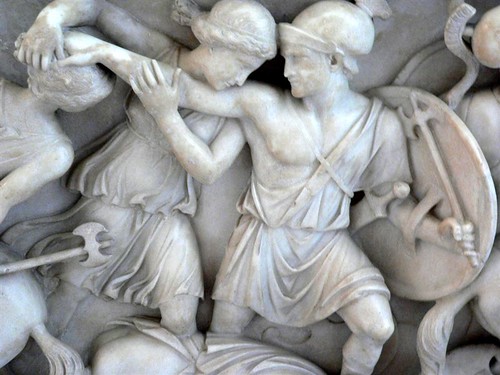
This sounds like a fascinating exhibit:
“The Louvre and the Ancient World,” features masterpieces from the founding cultures of Western civilization and will include more than 70 works from the Louvre’s unparalleled Egyptian, Near Eastern and Greco-Roman antiquities collections. Showcasing works dating from the third millennium BC through the third century AD, the exhibition will examine the rise of the museum and its collections of antiquities under Napoleon, the discoveries and decipherment of hieroglyphics and cuneiform and the Louvre’s leading role in excavating the cradle of civilization at the end of the nineteenth century and during the 20th century (most of the excavations for Near East).
The oldest works in the exhibition are drawn from the ancient cultures of Egypt, Susa (in modern Iran), the Neo-Sumerian city of Tello (in modern Iraq) and the Canaanite city of Ugarit (in modern Syria). Key works from these periods include the diorite “Statue of Wahibre, Governor of Upper Egypt” (Late period Egyptian); an Egyptian papyrus that belonged to the first Egyptian Museum whose curator, Jean-François Champollion, is credited with first deciphering hieroglyphics (Third Intermediate Period); an Attic black-figure amphora attributed to the potter Exekias (550–540 BC); and a dolerite “Statue of Gudea, Prince of Lagash” from Tello (Neo-Sumerian Period). A special installation will showcase the colossal, ten-foot-long “Tiber”—one of the largest sculptures in the Louvre’s collections. The statue personifies the Tiber River, Rome’s main trade artery. “The Louvre and the Ancient World” will be on view from October 16, 2007, through September 7, 2008."
No comments:
Post a Comment